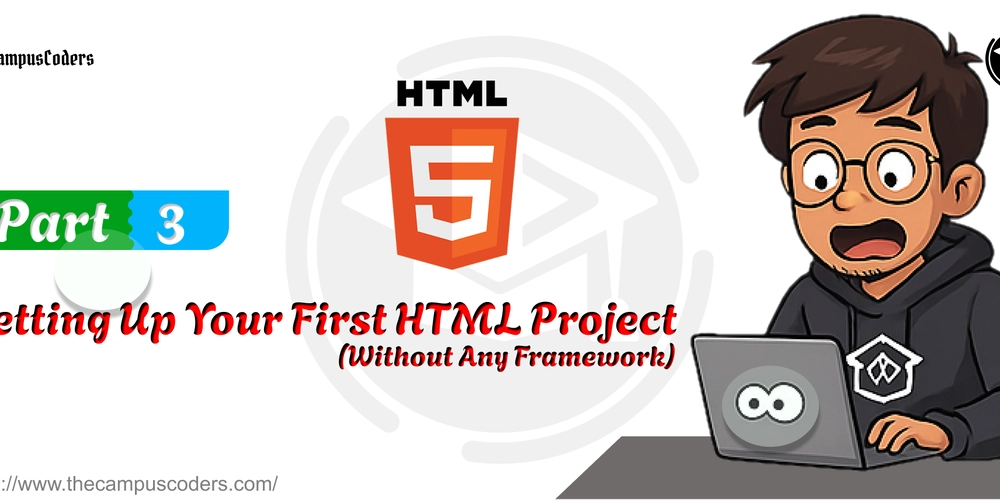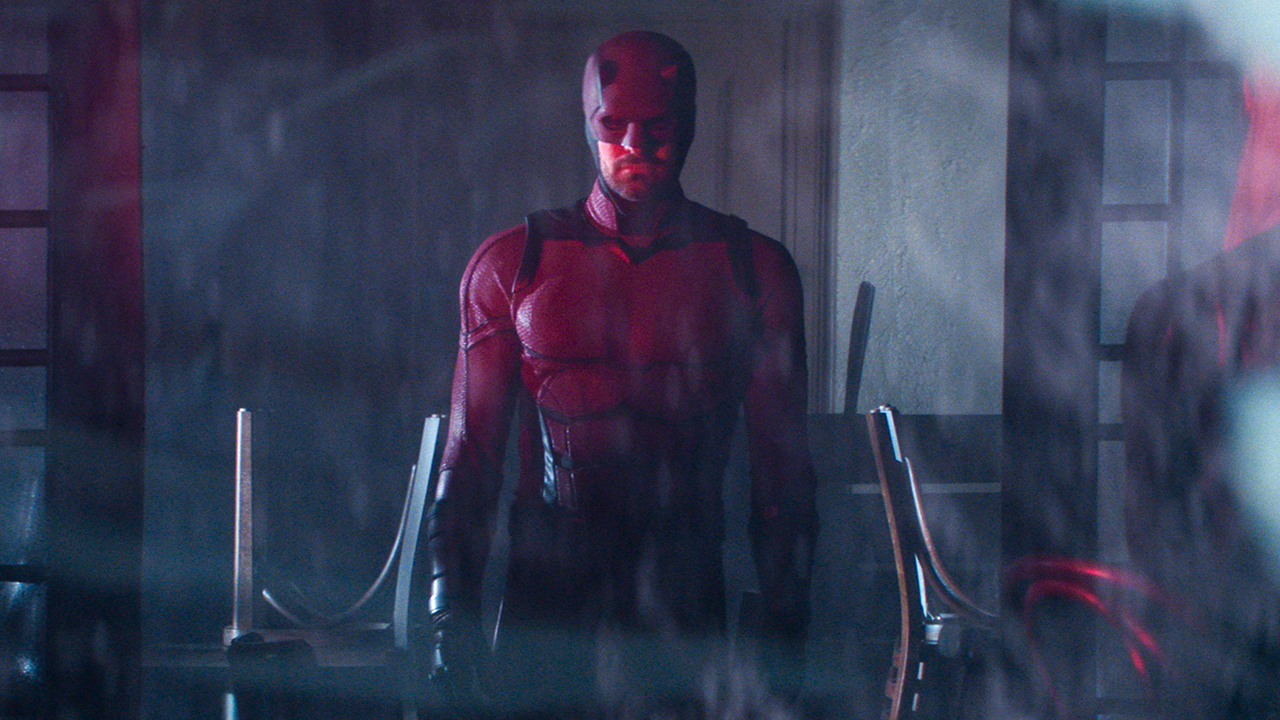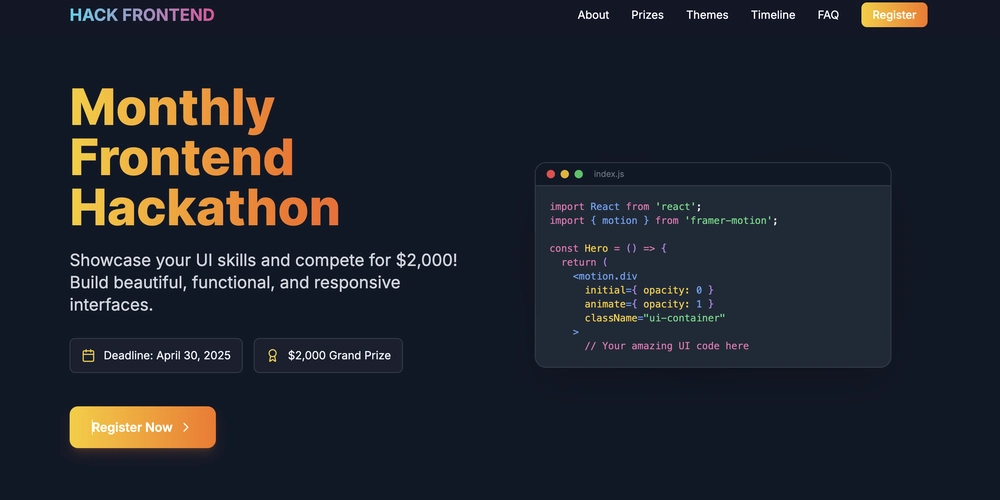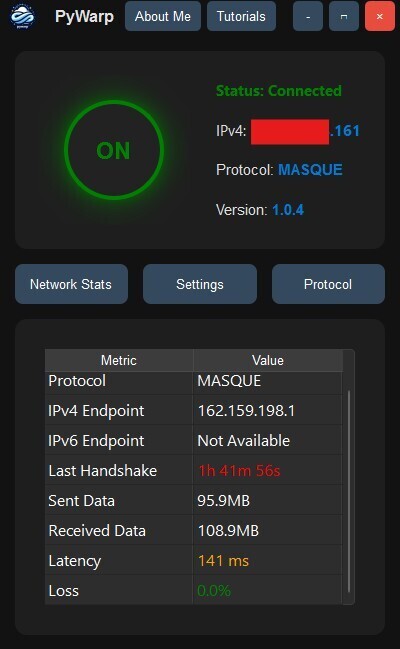Setting Up Your First HTML Project (Without Any Framework)
Introduction Before diving into libraries, frameworks, or complex tooling, it's essential to understand how to set up a pure HTML project from scratch. No React, no Bootstrap, no heavy tools — just you, your editor, and the browser. In this guide, you'll learn step-by-step how to structure, create, and organize your first real-world HTML project manually, just like developers used to do — and still often do for simple websites, prototypes, or quick projects. Why Start Without a Framework? Foundation First: You understand the basics deeply without tool abstraction. Better Control: Full command over your codebase and file structure. Framework Readiness: Frameworks are built on top of HTML/CSS/JS — knowing the base makes learning frameworks easier. Performance: Lightweight websites without unnecessary bloat. Step 1: Setting Up the Project Folder Real-world developers always start with organized folders. Project Structure Example: my-first-html-project/ ├── index.html ├── css/ │ └── style.css ├── js/ │ └── script.js ├── images/ │ └── (your images here) └── README.md (optional documentation) index.html → Main HTML file. css/ → All your CSS files go here. js/ → All your JavaScript files. images/ → Images and media assets. Tip: Even small projects benefit from early organization — it saves time later. Step 2: Creating Your First HTML File Create a new file named index.html inside your project folder. Basic Boilerplate Code: My First HTML Project Welcome to My Website About | Services | Contact About Me This is a simple introduction about who I am and what I do. Services Here are the services I offer. Contact Reach out to me through email or phone. © 2025 My Website. All rights reserved.

Introduction
Before diving into libraries, frameworks, or complex tooling, it's essential to understand how to set up a pure HTML project from scratch.
No React, no Bootstrap, no heavy tools — just you, your editor, and the browser.
In this guide, you'll learn step-by-step how to structure, create, and organize your first real-world HTML project manually, just like developers used to do — and still often do for simple websites, prototypes, or quick projects.
Why Start Without a Framework?
- Foundation First: You understand the basics deeply without tool abstraction.
- Better Control: Full command over your codebase and file structure.
- Framework Readiness: Frameworks are built on top of HTML/CSS/JS — knowing the base makes learning frameworks easier.
- Performance: Lightweight websites without unnecessary bloat.
Step 1: Setting Up the Project Folder
Real-world developers always start with organized folders.
Project Structure Example:
my-first-html-project/
├── index.html
├── css/
│ └── style.css
├── js/
│ └── script.js
├── images/
│ └── (your images here)
└── README.md (optional documentation)
- index.html → Main HTML file.
- css/ → All your CSS files go here.
- js/ → All your JavaScript files.
- images/ → Images and media assets.
Tip:
Even small projects benefit from early organization — it saves time later.
Step 2: Creating Your First HTML File
Create a new file named index.html inside your project folder.
Basic Boilerplate Code:
lang="en">
charset="UTF-8">
name="viewport" content="width=device-width, initial-scale=1.0">
</span>My First HTML Project<span class="nt">
rel="stylesheet" href="css/style.css">
href="#about">About |
href="#services">Services |
href="#contact">Contact
id="about">
About Me
This is a simple introduction about who I am and what I do.
id="services">
Services
Here are the services I offer.
id="contact">
Contact
Reach out to me through email or phone.
© 2025 My Website. All rights reserved.



































































![Apple Watch Series 10 Back On Sale for $299! [Lowest Price Ever]](https://www.iclarified.com/images/news/96657/96657/96657-640.jpg)
![Apple Slips to Fifth in China's Smartphone Market with 9% Decline [Report]](https://www.iclarified.com/images/news/97065/97065/97065-640.jpg)
![EU Postpones Apple App Store Fines Amid Tariff Negotiations [Report]](https://www.iclarified.com/images/news/97068/97068/97068-640.jpg)














![What’s new in Android’s April 2025 Google System Updates [U: 4/18]](https://i0.wp.com/9to5google.com/wp-content/uploads/sites/4/2025/01/google-play-services-3.jpg?resize=1200%2C628&quality=82&strip=all&ssl=1)



























































































_Andreas_Prott_Alamy.jpg?width=1280&auto=webp&quality=80&disable=upscale#)





















































































![[The AI Show Episode 144]: ChatGPT’s New Memory, Shopify CEO’s Leaked “AI First” Memo, Google Cloud Next Releases, o3 and o4-mini Coming Soon & Llama 4’s Rocky Launch](https://www.marketingaiinstitute.com/hubfs/ep%20144%20cover.png)












































































































































![[FREE EBOOKS] Machine Learning Hero, AI-Assisted Programming for Web and Machine Learning & Four More Best Selling Titles](https://www.javacodegeeks.com/wp-content/uploads/2012/12/jcg-logo.jpg)






















































































